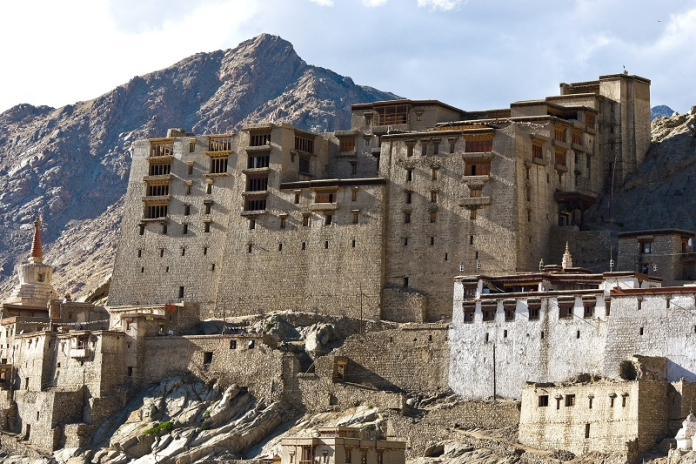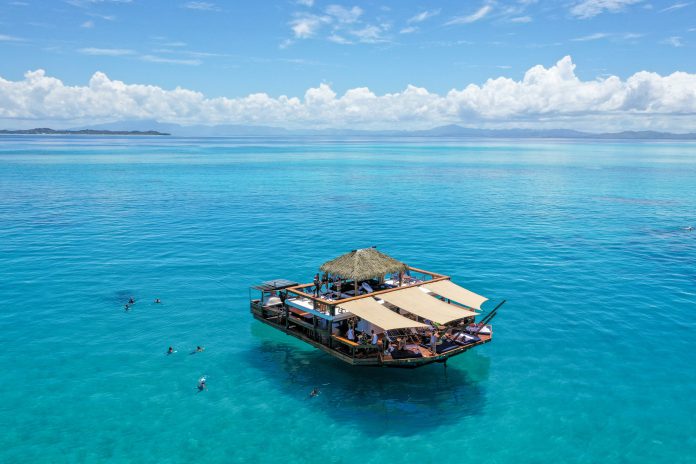Perched amidst the soaring, steep-sided Himalayan mountains, the stone-carved Leh Palace—also known as Lachen Palkar Palace—overlooks the town of Leh-Ladakh. Nestled in pleasing, picturesque countryside, the Leh Place was commissioned—with construction starting in 1553—by soldier-warrior Tsewang Namgyal, the founding monarch of the Namgyal monarchy of Ladakh. The construction was completed under his thrice apart successor, Sengge Namgyal, popularly known as the Lion King. For much of their four-century monarchial reign—from 1460 to 1842—the palace was a primary residence for royal family members. However, the Namgyal’s reign collapsed in 1842 after an invasion of Ladakh by the Dogra general Zorawar Singh, a member of the Dogras of Jammu. A few decades later, the last ruler of the fledgling reign, Tshespal Namgyal, was exiled to Stok, and the royal family abandoned Leh Place.
For decades, the palace’s upkeep had been neglected. However, through a rigorous, relentless understanding of the ravages brought upon the palace with time, archaeologists and architects from the Archeological Survey of India (ASI) laid out a meticulous plan to carefully peel back the layers of time to reveal the hidden, graceful grandeur.
Architecture
The palace architecture offers an insight into the high mountain cultures, that adapted houses for the rough, rigorous terrains. As the World Monument Fund states, “Some elements of the Leh Plalce imbibe historic urban fabric that exemplifies traditional Tibetan architecture with influences from the central Asian trade routes that once converged in Leh.”
Placed along a mountain ridge high above Leh-Ladakh, the palace is styled in quirky yet quintessential mediaeval Tibetan architecture. Its exterior is often compared to the Potala Palace in Lhasa, Tibet, but is embedded with Indian elements. An Indo-Tibetian icon, it is considered a hallmark of Leh city. The terrace—a favourite with tourists—offers stunning, spectacular views of the Ladakh region.
Crafted out of natural materials—it has a rather toned-down appearance. Composed of a palette of colours reminiscent of lighter shades of greyish brown, it takes inspiration from the Indian and Tibetian architectural culture. The palace’s main structure is surrounded by auxiliary—mostly Tibetian-inspired— structures that include the prominent Namgyal Stupa (Tibetan: གཙུག་གཏོར་རྣམ་རྒྱལ་མ།, Sanskrit: Uṣṇīṣavijayā), the Chandazik Gompa (Tibetan: སྤྱན་རས་གཟིགས།, Sanskrit: Avalokiteśvara) and the 1430 Chamba Lhakhang (Tibetan: བྱམས་པ་མགོན་པོ།, Sanskrit: Maitreya Buddha)—with each of them being decked with mural handicraft.
The palace’s interior is decked with Tibetan paintings, known as Tibetan thangka. These are intricately crafted paintings imbued with intricate detailing in a palette of bright, buoyant colours. The palace’s beauty and architectural style give a glimpse into the rich monarchial history that should be celebrated and visited when visiting Leh.





